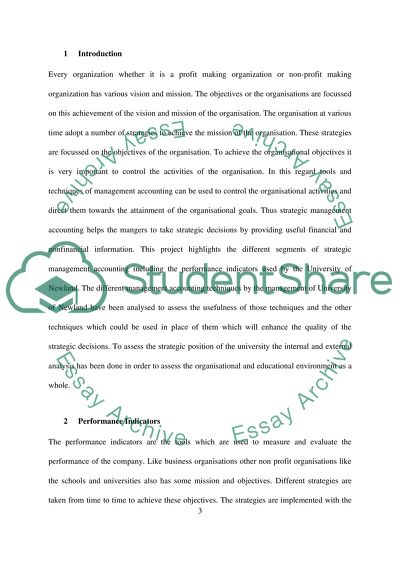Cite this document
(“Strategic Management Accounting in University Essay”, n.d.)
Retrieved from https://studentshare.org/finance-accounting/1392918-strategic-management-accounting-in-university
Retrieved from https://studentshare.org/finance-accounting/1392918-strategic-management-accounting-in-university
(Strategic Management Accounting in University Essay)
https://studentshare.org/finance-accounting/1392918-strategic-management-accounting-in-university.
https://studentshare.org/finance-accounting/1392918-strategic-management-accounting-in-university.
“Strategic Management Accounting in University Essay”, n.d. https://studentshare.org/finance-accounting/1392918-strategic-management-accounting-in-university.


